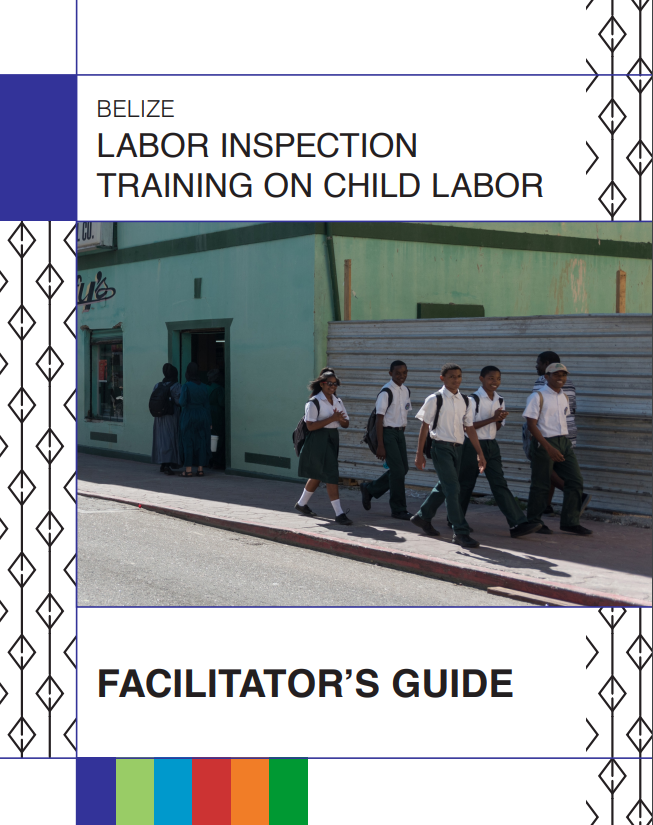This facilitator’s guide provides tips and advice to help facilitators successfully use the curriculum for Labour Inspection Training on Child Labour in Burkina Faso.
It describes the purpose and objectives of the training; provides an overview of the training structure and format; gives examples of icebreakers and energizers; and includes sample training agendas and course evaluations.
The curriculum is based on a training methodology that encourages participants to play an active role, contributing their professional expertise on how to improve the response to child labor in the workplace.
child labour

